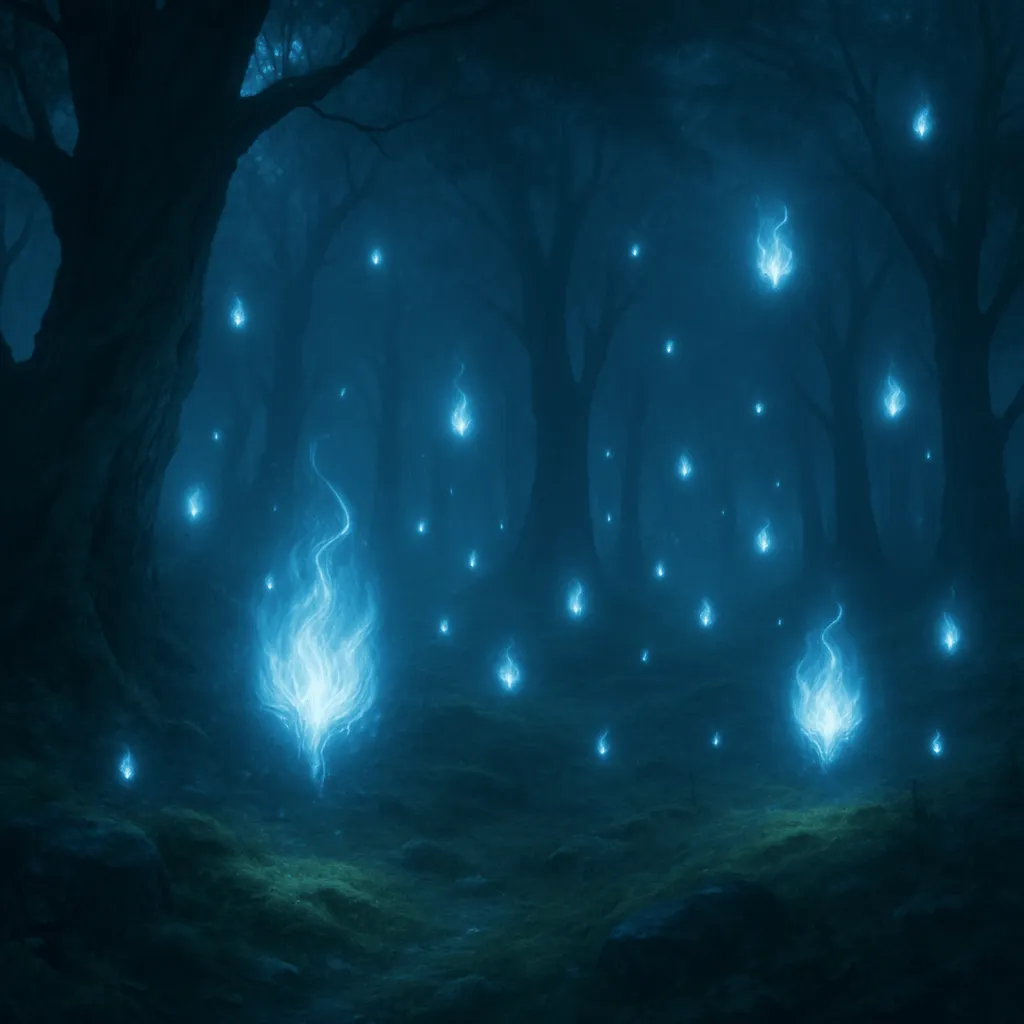
Not all that glows is good, and not all that misleads means harm.
In some places of the world, where the veil between realms is thin — in misty glades, moss-covered ruins, and of long-forgotten battlegrounds — faint lights drift without wind. They are called Wisps, and to many, they are the most visible and most enduring of the Ethereal.
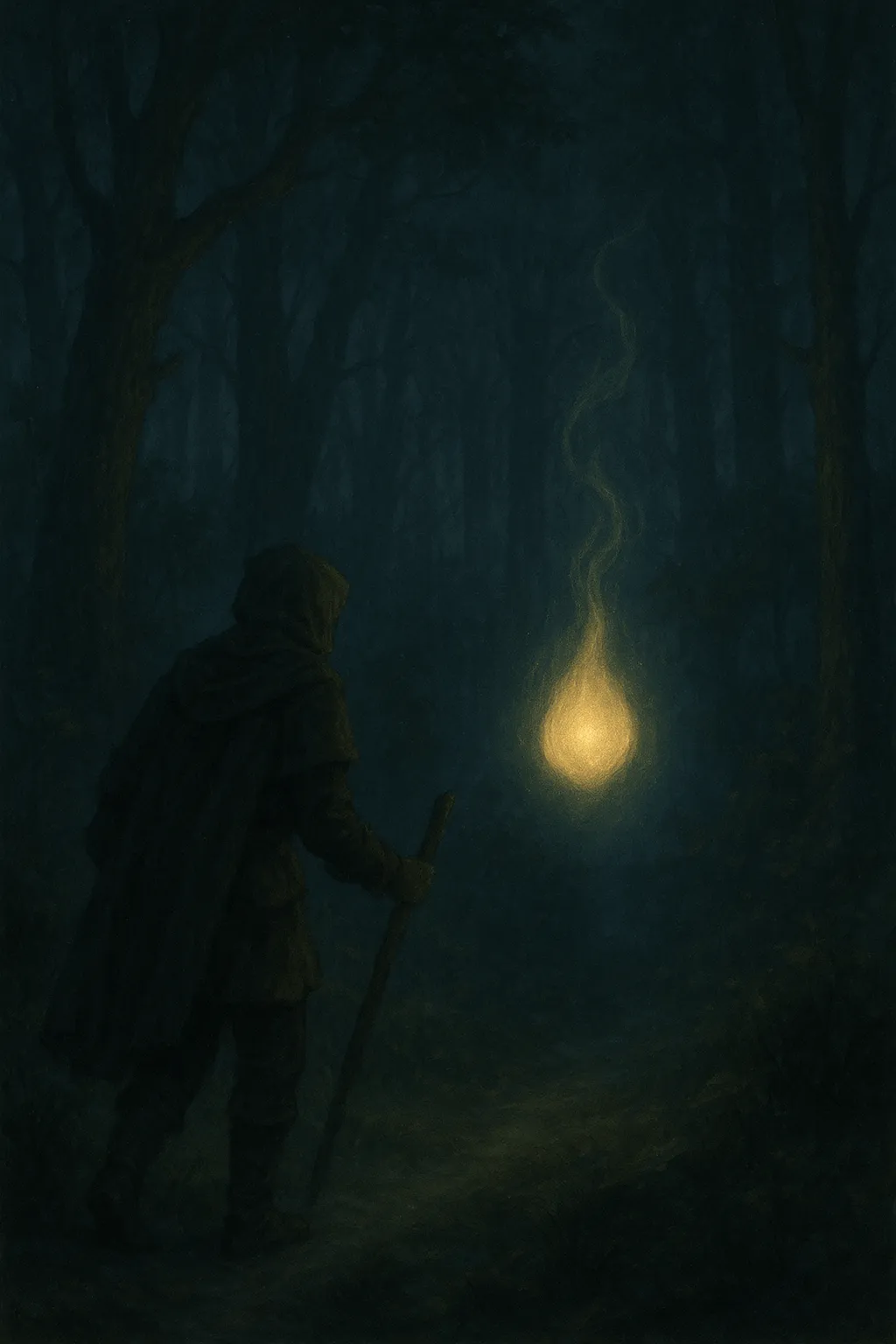 Among the old scholars, they were once named Ignis Fatuus — the "foolish fire," the "wandering light." Tales warned travelers not to chase them, lest they stray from the safe paths into marsh or mire. Yet those who live closest to the old places do not speak of Wisps with fear, but with a kind of wary reverence, recognizing them not as deceivers, but as ancient echoes of what once was.
Among the old scholars, they were once named Ignis Fatuus — the "foolish fire," the "wandering light." Tales warned travelers not to chase them, lest they stray from the safe paths into marsh or mire. Yet those who live closest to the old places do not speak of Wisps with fear, but with a kind of wary reverence, recognizing them not as deceivers, but as ancient echoes of what once was.
Unlike spirits, which often bear the weight of identity, regret, or unfinished business, Wisps are rarely thought to be individuals. They do not whisper names, nor recall the faces of those they may once have known. Instead, they are fragments — of memory, magic, sorrow, longing — or perhaps simply natural phenomena, given shape where life once surged and fell away. Some believe they are born when powerful emotion seeps into the land. Others say they are drawn by silence itself, like moths to still air.
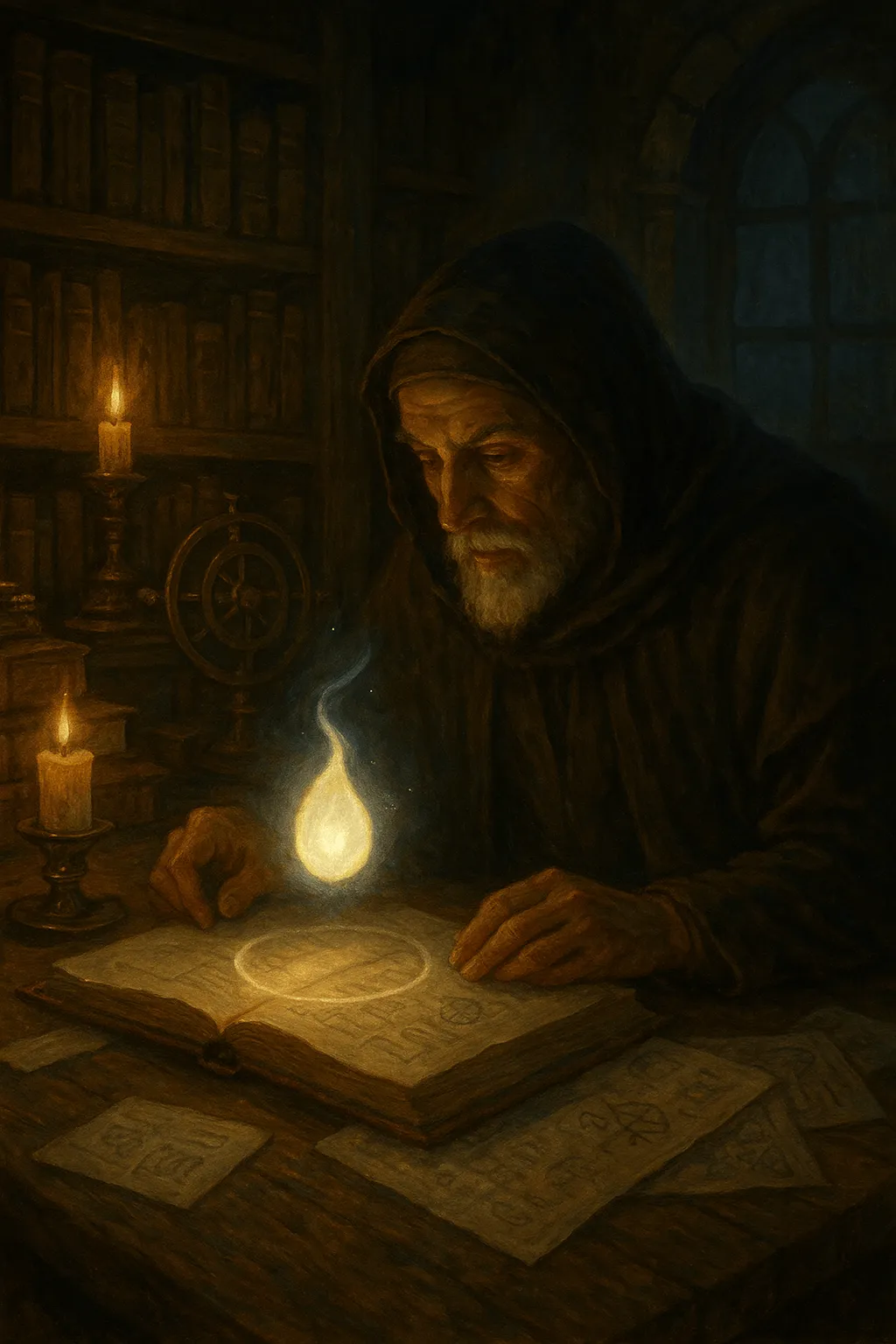 Where they appear, they hover in silence — golden, violet, blue — shedding light from no source and drifting with no visible cause. Their presence is felt as much as seen: a slow, warm pulse in a Wisp's glow may calm the heart, while a sharp flicker of cold light can raise the hairs on the neck. Though they do not speak, and though they do not follow, there are those who claim that Wisps will react to music, warmth, and laughter — not as if in understanding, but as if stirred by echoes long forgotten.
Where they appear, they hover in silence — golden, violet, blue — shedding light from no source and drifting with no visible cause. Their presence is felt as much as seen: a slow, warm pulse in a Wisp's glow may calm the heart, while a sharp flicker of cold light can raise the hairs on the neck. Though they do not speak, and though they do not follow, there are those who claim that Wisps will react to music, warmth, and laughter — not as if in understanding, but as if stirred by echoes long forgotten.
They are not hunted, nor sought, by the people of this land. Wisps are given space, and quiet respect. It is said that on the first night after a soul departs, if a Wisp appears upon the family's land, the hearth is left cold and the window open — not as a summons, but as an acknowledgment. No invitation is extended, but neither is the door barred. Some see them as a sign that a soul’s echo lingers near; others as a simple reminder that the land remembers its own.
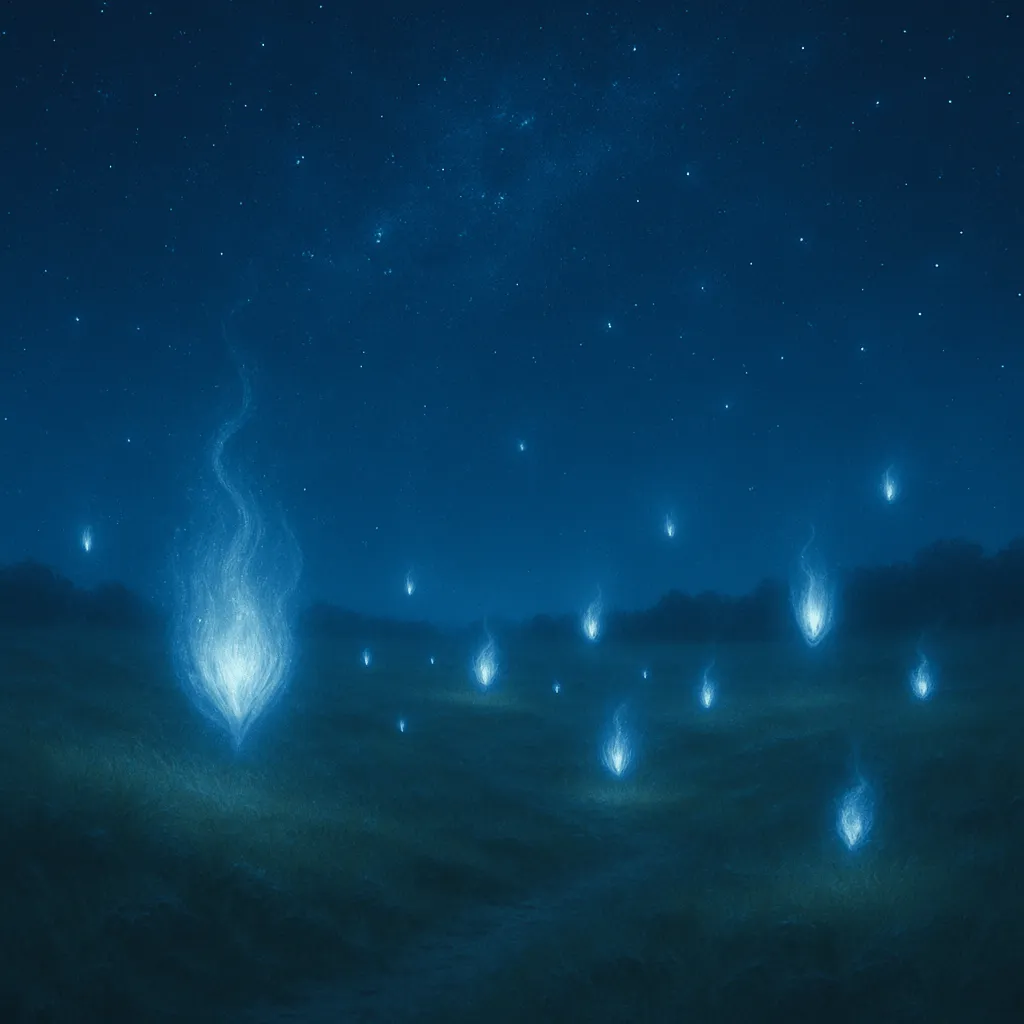 Some have observed Wisps returning to the same grove each solstice, or appearing faithfully by a crumbled altar on the day a battle was lost. Their paths, if they have them, seem to follow memory without mind — drifting along the ghost of an old road, or circling an ancient tree that no longer blooms. Others move freely, bounded only by invisible borders, as if caught in the slow tides of an unseen current.
Some have observed Wisps returning to the same grove each solstice, or appearing faithfully by a crumbled altar on the day a battle was lost. Their paths, if they have them, seem to follow memory without mind — drifting along the ghost of an old road, or circling an ancient tree that no longer blooms. Others move freely, bounded only by invisible borders, as if caught in the slow tides of an unseen current.
Not all Wisps are alike. 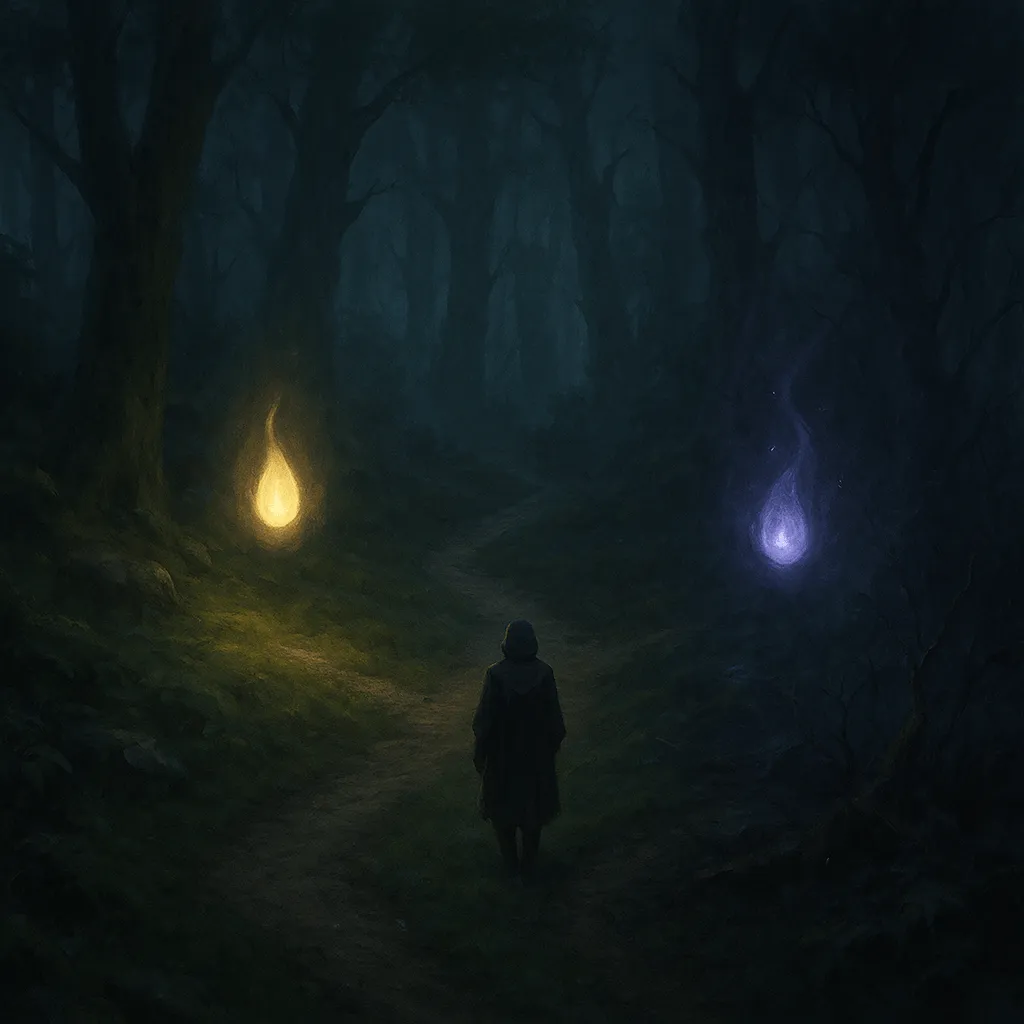 Some glimmer softly, like lanterns in mist, golden and gentle. Others burn violet and sharp, their glow tight and restless. Children, against the warnings of their elders, sometimes follow these lights through fields and forests. Some return, bearing stories of music and wonder. Others vanish into the mist and are never seen again. The wise do not blame the Wisps for this, for it is not in their nature to lead or to mislead — but still, in the villages and farmsteads, the old warnings endure.
Some glimmer softly, like lanterns in mist, golden and gentle. Others burn violet and sharp, their glow tight and restless. Children, against the warnings of their elders, sometimes follow these lights through fields and forests. Some return, bearing stories of music and wonder. Others vanish into the mist and are never seen again. The wise do not blame the Wisps for this, for it is not in their nature to lead or to mislead — but still, in the villages and farmsteads, the old warnings endure.
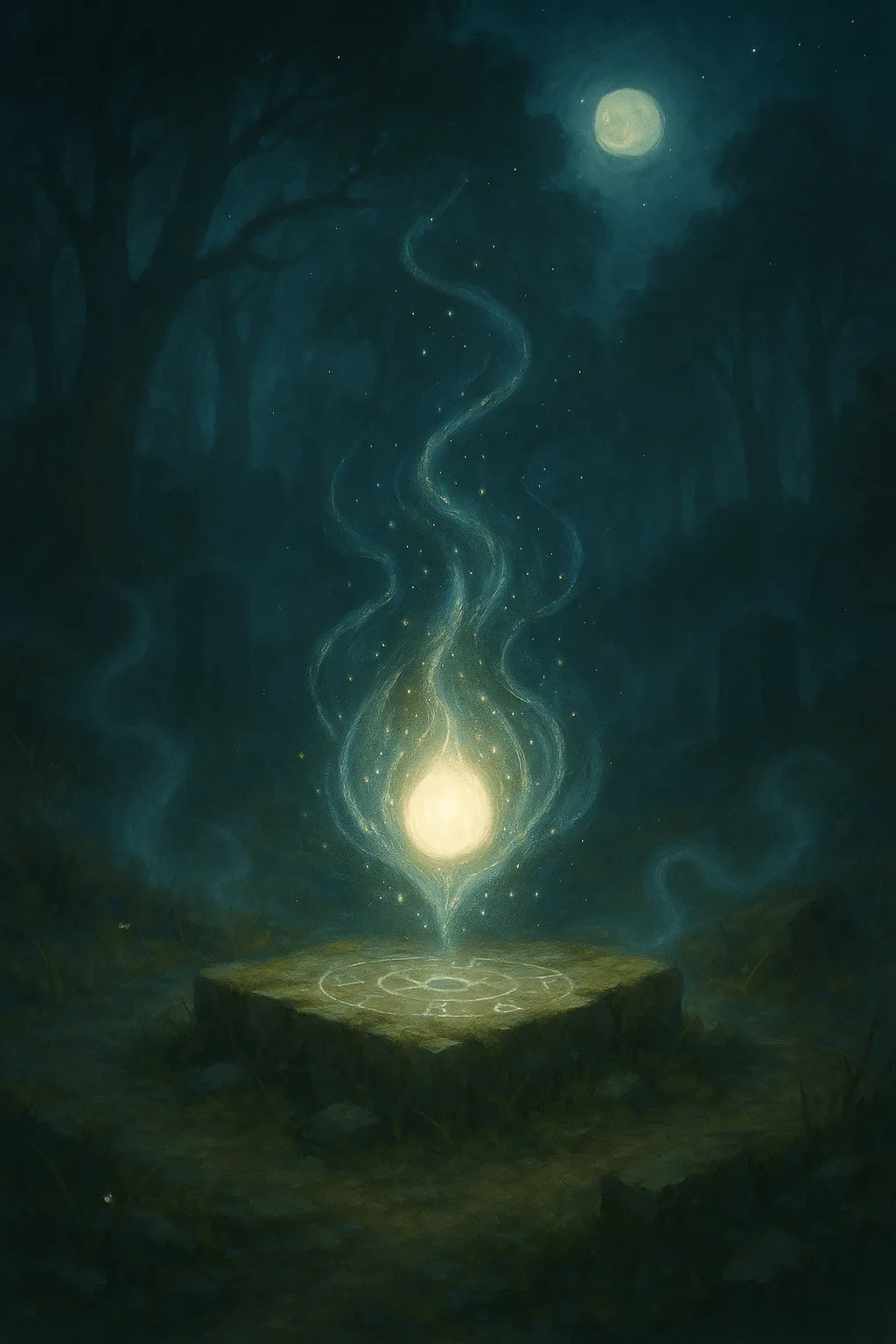 Their lifecycle, if it can be called such, remains unknown. Wisps do not age, nor wither, nor speak. They endure. Some vanish for generations, only to reappear as if no time had passed. They are not summoned by spell or prayer; they do not answer to rites or call. Their existence is neither blessing nor curse — simply a phenomenon of the world’s older, quieter mysteries.
Their lifecycle, if it can be called such, remains unknown. Wisps do not age, nor wither, nor speak. They endure. Some vanish for generations, only to reappear as if no time had passed. They are not summoned by spell or prayer; they do not answer to rites or call. Their existence is neither blessing nor curse — simply a phenomenon of the world’s older, quieter mysteries.
Thus, the wise do not follow them, nor do they flee. They pause, they watch, and they wonder. For not all things that drift through shadow are lost, some are merely remembering.
The following magical heirlooms are fictional and lore-based in nature. Each one is an affiliate link to a real-world item on Amazon that we've hand-selected to complement this artifact's lore.
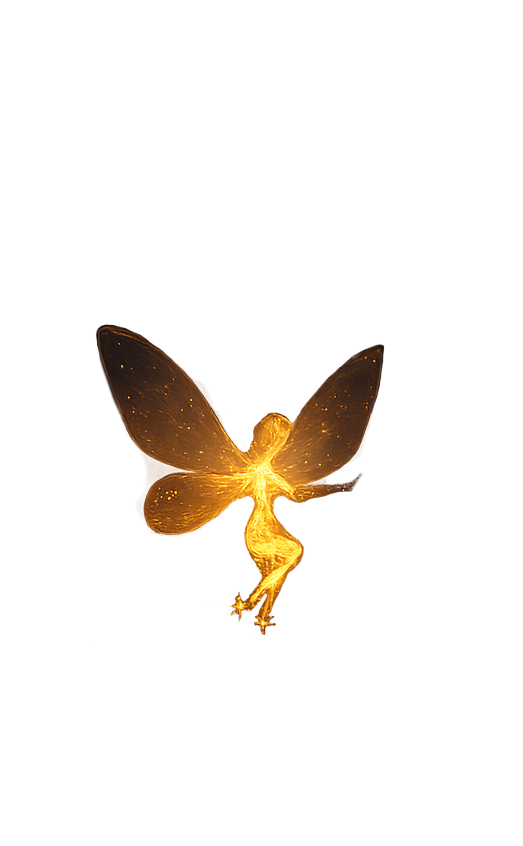
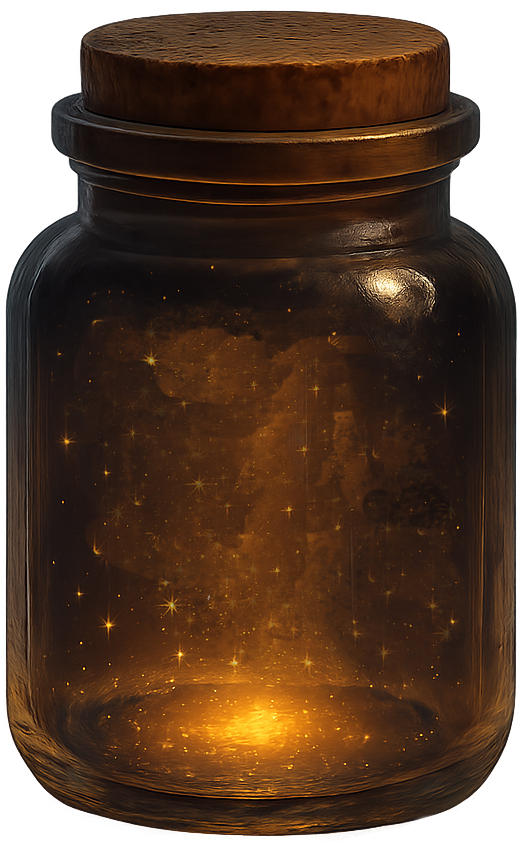
If you click a link and buy an item, we may earn a commission.It costs you nothing extra, but can help keep this little corner of the internet glowing.
What does this mean?
Allows memories to be woven into garments, and later recalled without effort.

Tolls automatically when someone says ‘It can’t get worse.
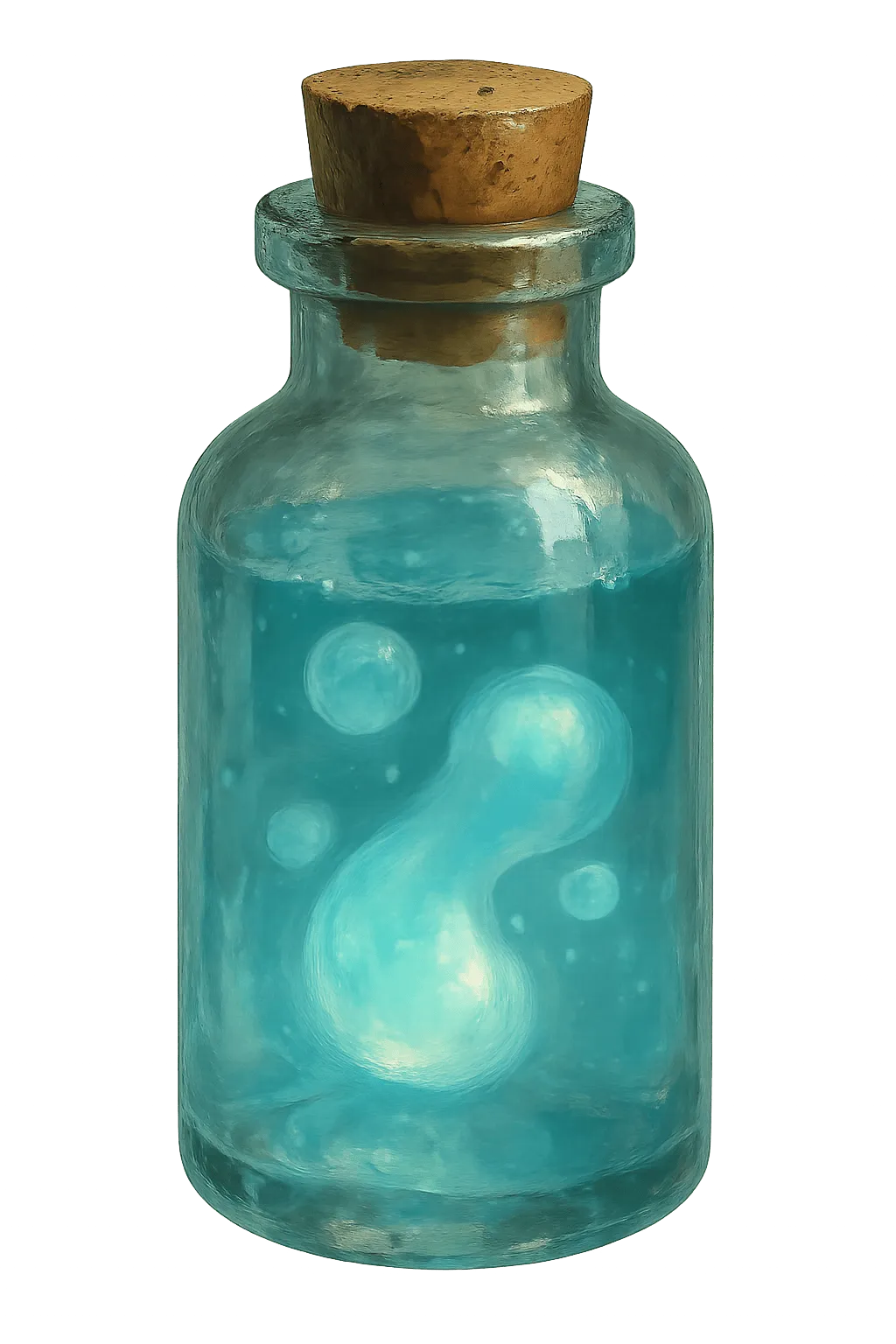
Capable of masking the living presence of the carrier from lower undead.

Wards of immense power. Or possibly a very elaborate to-do list. No one knows what they say. One apprentice pretended to — now he’s a lamp.




